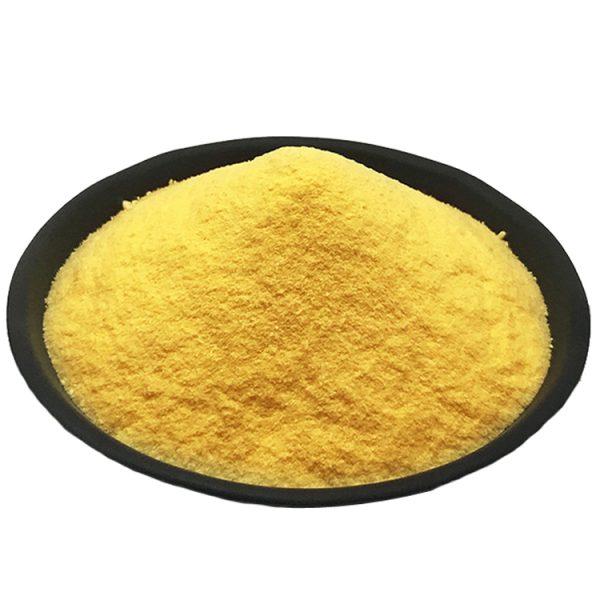As an important raw material in the chemical industry, industrial sulfur powder is widely used in pharmaceuticals, food, explosives, steel pickling and other industrial industries. Among them, our fertilizer industry is the largest consumer of industrial sulfur. Because sulfur powder is a chemical drug, long-term exposure of the skin to this environment, or inhalation of too much will have an impact on your health.
First of all, we placed the sulfur powder in the airflow sieve body. The airflow sieve abandoned the traditional gravitational potential energy operation principle and opened up a new screening method for the kinetic energy of the carrier fluid to do work. After entering the mesh cylinder, the sulfur powder is propelled by centrifugal force and cyclone when passing through the blades of the wind rotor in the mesh cylinder, so that the sulfur powder can be sprayed through the mesh, and finally discharged from the fine material discharge port, while the sulfur powder that cannot pass through the mesh is driven along the mesh cylinder. The wall is discharged from the coarse material discharge port.
It uses high-speed airflow as a carrier in a closed state, so that the fully diffused sulfur powder is sprayed to the screen with sufficient kinetic energy to achieve the purpose of rapid classification. Therefore, the output of the airflow screen is large, the efficiency is high, the mesh is not sticking, the mesh hole is not blocked, and the fineness is accurate.
China is rich in pyrite resources, but relatively scarce in sulfur powder resources. In the desulfurization work of coal gas chemical industry, the most widely used tail gas treatment in thermal power sector, this part of the technology has been relatively mature in my country. At present, the main raw materials for sulfuric acid production are: pyrite, smelting flue gas, sulfur, gypsum, sulfur-containing natural gas and petroleum, waste acid cracking, etc. Among them, the main raw materials in my country are: pyrite, smelting flue gas, and sulfur.

